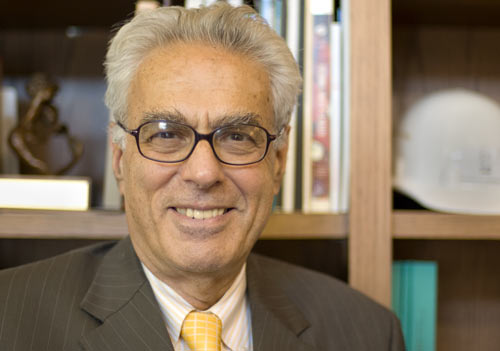Program Information
Professional Council Symposium: The Evolving US Healthcare Delivery Model, How Will the Medical Physics Profession Be Impacted and How Should We Respond?
P Halvorsen1*, K Shine2*, G White3*, (1) Lahey Clinic, Burlington, MA, (2) Austin, TX, (3) Colorado Associates in Medical Phys, Colorado Springs, CO
Presentations
SU-B-BRF-1 Sunday 11:00AM - 12:30PM Room: Ballroom FThe United States’ healthcare delivery model is undergoing significant change. Insurance and reimbursement models are rapidly evolving, federal allocations are shifting from specialty services to preventive and general-practice services, and Accountable Care Organizations are gaining in prominence. One area of focus is on the perceived over-utilization of expensive services such as advanced imaging and, in some cases, radiation therapy. Reimbursement incentives are increasingly aimed at quality metrics, leading to an increased interest in the core concepts of High Reliability Organizations. With the shift in federal resources away from specialty services and the increasing prominence of Accountable Care Organizations, we will likely be challenged to re-assess our traditional model for delivering medical physics services.
Medical physicists have a unique combination of education and training in physics principles, radiation
physics applications in medicine, human anatomy, as well as safety analysis and quality control methods. An effective medical physicist recognizes that to advance the institution’s mission, the medical physicist must join other professional leaders within the institution to provide clear direction and perspective for the entire team. To do that, we must first recognize the macro changes in our healthcare delivery system and candidly assess how the medical physics practice model can evolve in a prudent way to support the institution’s objectives while maintaining the traditionally high level of quality and safety.
This year’s Professional Council Symposium will explore the many facets of the changing healthcare system and its potential impact on medical physics. Dr. Shine will provide an overview of the developing healthcare delivery and reimbursement models, with a focus on how the physician community has adapted to the changing objectives. Mr. White will describe recent changes in the reimbursement patterns for both imaging and radiation therapy services, the underlying imperatives that will influence additional changes in the near-term future, and the broader changes in the medical physics workforce that may arise due to many (often conflicting) directives and incentives both internal and external to the profession.
Maintaining the integrity of the medical physics profession and the high quality of medical physics services will require a shared understanding of the changing practice environment and a firm commitment to protecting the key priorities of clinical medical physics as the healthcare system transitions to a new and very different model. To be effective as medical physicists, we must learn how to provide leadership in our respective institutions.
Learning Objectives:
1. Understand the macro changes occurring in the US healthcare delivery system.
2. Understand the likely near-term, and possible longer-term, impact on the medical physics profession.
3. Understand some strategies for providing leadership during this period of significant change.
Handouts
- 90-25592-340462-102968.pdf (P Halvorsen)
- 90-25593-340462-103343.pdf (G White)
- 90-25594-340462-108449.pdf (K Shine)
Contact Email:







